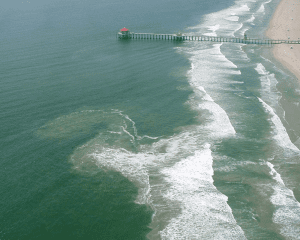
Making New Waves on Gripping the Rip
Federal, state, and local partners come together to discuss the forecasting and communication of rip currents and other coastal hazards on the eve of beach season.
Scroll down to view posts

Federal, state, and local partners come together to discuss the forecasting and communication of rip currents and other coastal hazards on the eve of beach season.
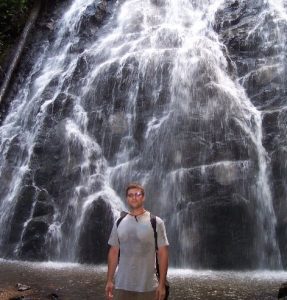
Michael Slattery first got involved with Sea Grant during his Ph.D. program when Sea Grant funded a portion of his research into rip currents. He is now a coastal processes extension specialist and works on rip current outreach and awareness.
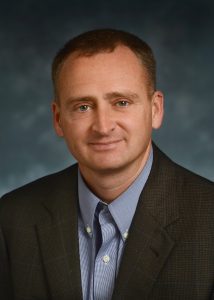
Dr. Chris Houser is an Associate Professor in Geography and Geology and Geophysics at Texas A&M University. His general area of expertise is geomorphology, the study of the natural features of the earth and the physical processes that shape them.
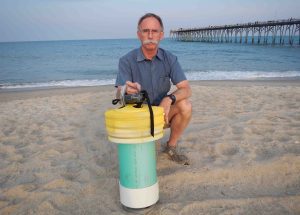
As the summer beach season opens, Spencer Rogers of North Carolina Sea Grant has new tools to better understand dangerous rip currents.
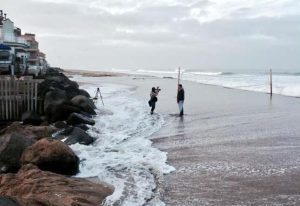
Bob Guza is a California Sea Grant funded researcher. He is an Integrative Oceanography Division Professor, Oceanography at Scripps Institution of Oceanography University of California, San Diego.
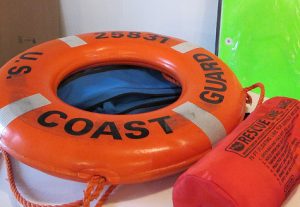
Elizabeth LaPorte works with colleagues at U-M and MSU to ensure the alignment of Sea Grant’s activities with the mission of the National Sea Grant College Program and the needs of Michigan’s stakeholders. She identifies opportunities to leverage research through public outreach and education.
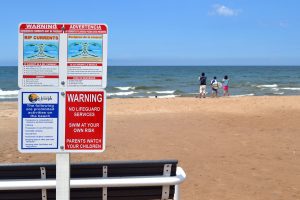
A partnership between Sea Grant, the National Weather Service, and the United States Lifesaving Association will facilitate the collection of real-time data by lifeguards to improve rip current forecasts
Rip currents kill more than 100 people every year on U.S. beaches. Sea Grant funded researchers are studying what the public knows about rip currents and how to better educate people to spot these dangerous currents.